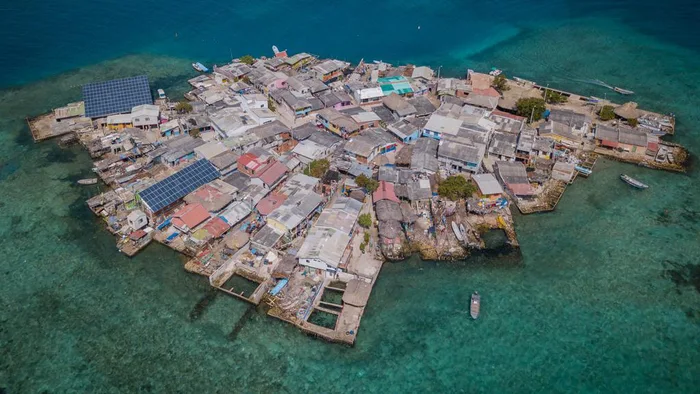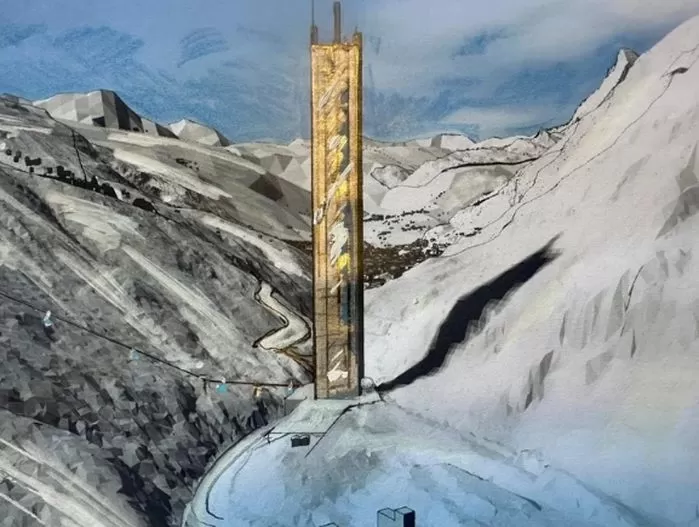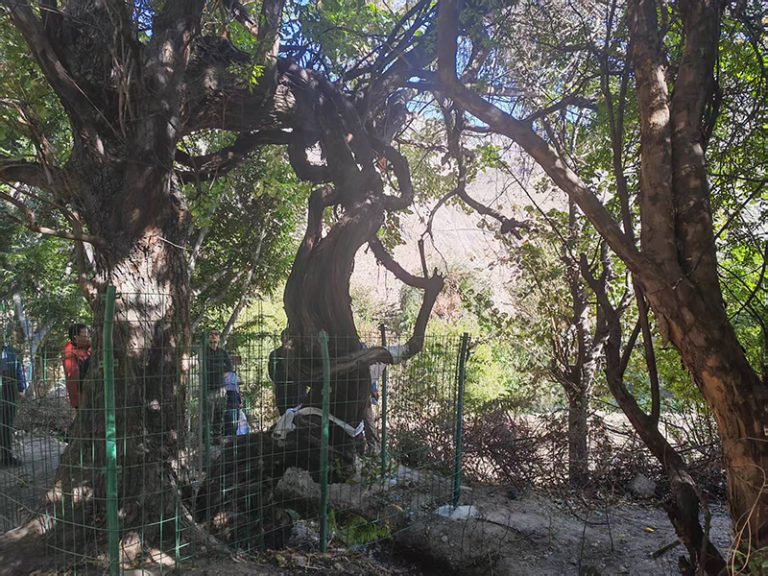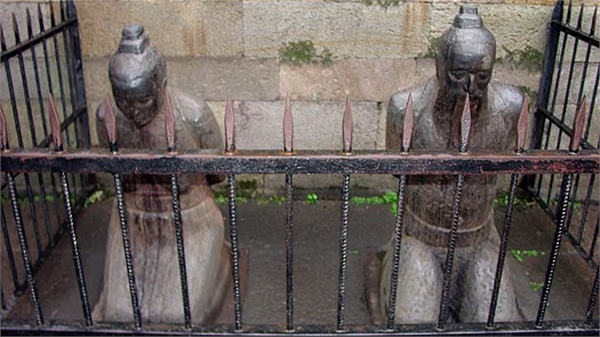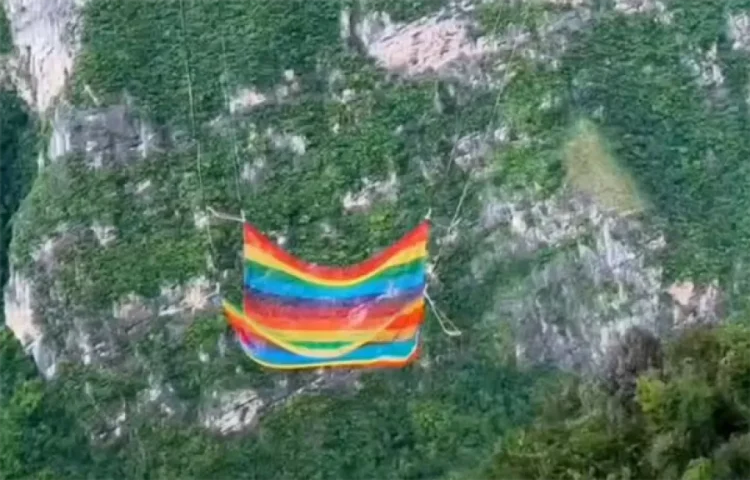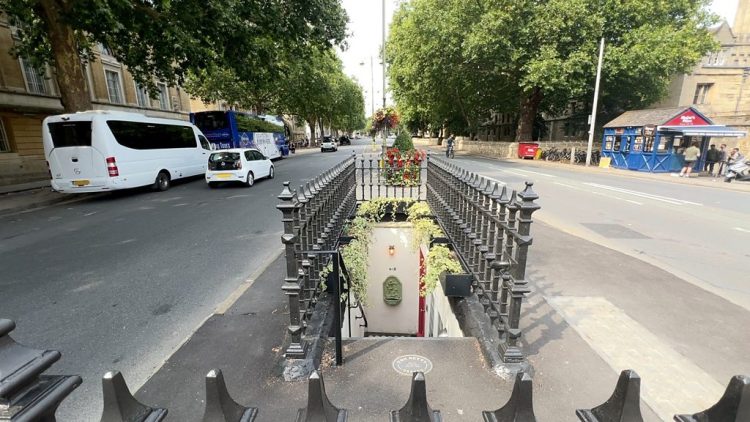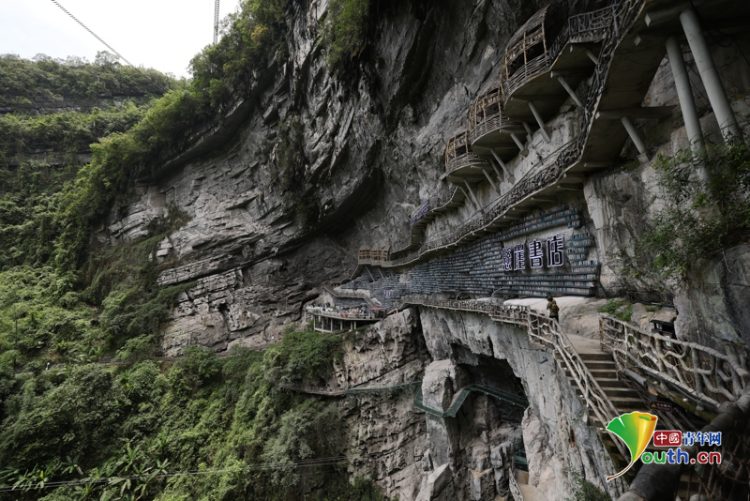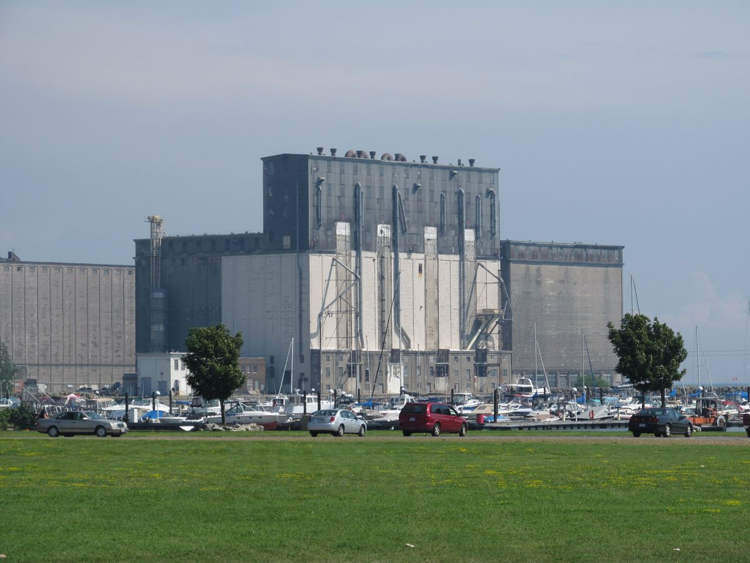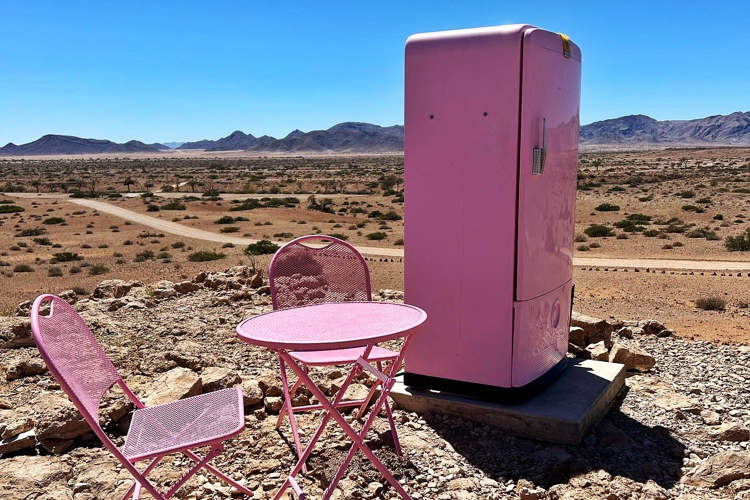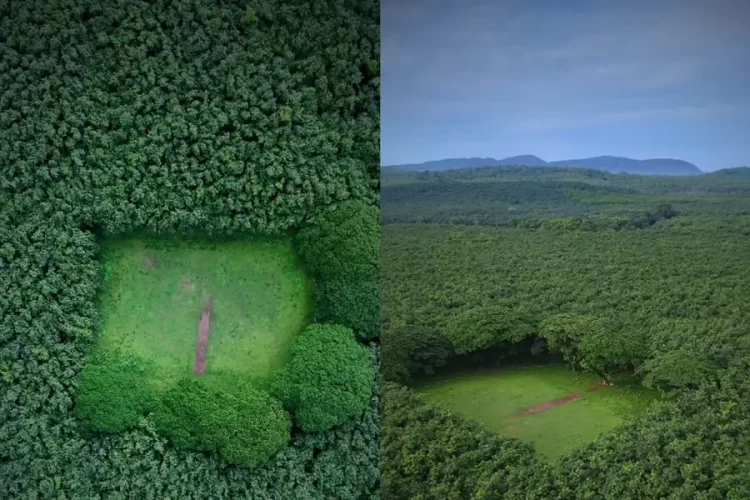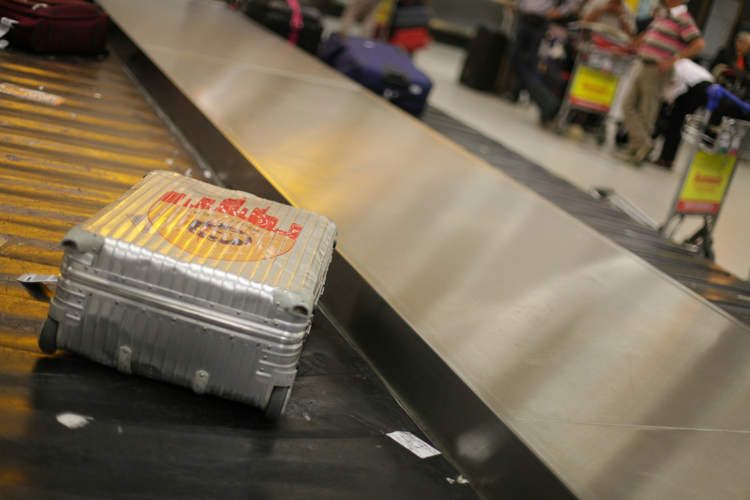California’s largest lake is also its worst one. As you drive past it, you get to see pristine white beaches with blue waters, but if you climb out of your car and take a closer look (I wouldn’t recommend this), you suddenly realize how horribly depressing the place is.
The white sand is, in fact, not sand at all. It is actually just pulverized bones from the millions of fish that died here. The water is actually murky brown; the blue color is only a reflection of the desert sky. And you cannot possibly ignore the putrid stench – like a large fish market that only sells rotten fish.
The very existence of Salton Sea is an accident. It formed in 1905, when an irrigation canal from the Colorado River broke after heavy rainfall. The river burst through the banks of the canal and millions of gallons of water spilled over into a dried out lake bed in the California desert.
Photo: Brazilfox
Salton Sea had its heydays in the 1950s and 1960s. It was a popular tourist attraction back then – marketed as a ‘miracle in the desert’. Over half a million visitors flocked to the beach every year. Celebrities like the Beach Boys and Sonny Bono were regular visitors – they came to swim and drive speedboats. It was hot property too. Real estate agents flew their clients over the area in small aircrafts and struck deals without ever landing to view the property.
Photo: Deidre Woollard
Unfortunately, none of that was to last; the artificial lake was doomed right from the beginning. Without an inlet or an outlet, it ended up leeching salt, fertilizers and pesticides from the soil of the surrounding agricultural land. Salton Sea is actually 30 percent saltier than the Pacific Ocean. By the 1970s, it became completely unfit to sustain any kind of life. The shoreline was littered with millions of dead fish.
Photo: mst7022
Salton Sea’s current state is certainly no indicator of its past glory. According to Jamie Lee Curtis, a traveler who recently visited the place and wrote about it on Vice, “it’s like a fish market at the end of a long summer day. Only instead of keeping the fish on ice, this fish market keeps them on piles of diarrhea.”
Photo: Brazilfox
Jamie Lee wrote that he visited a few local attractions around the beach as well – the ‘world famous’ International Banana Museum and the Salton Sea History Museum, neither of which were operational. When he spotted a man fishing with his two sons in a creek, he stopped to speak to them. “There’s no fish here. I just do this to get my sons out of the house,” the man said.
Photo: VICE
The Vice article featured apocalyptic photographs of abandoned homes and broken structures at the town of Bombay Beach, which used to be the most developed part of Salton Sea. As the lake began to burst its banks, the town was flooded on a regular basis. In the 1980s local authorities built a dike around half of the town. The dry side of the dike is doing slightly better, but it certainly isn’t a thriving settlement.
The only people who visit Salton Sea these days are documentary filmmakers or people who are into disaster tourism. According to a BBC report, the worst part isn’t the water or the shore, but the stuff that lies at the bottom. If the lake were to dry out at some point, it would unleash clouds of toxic dust across Southern California. Let’s hope that doesn’t happen anytime soon.







